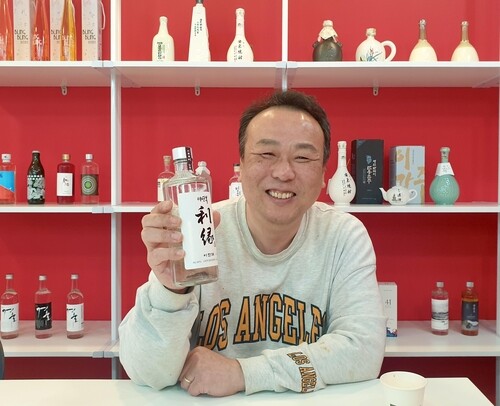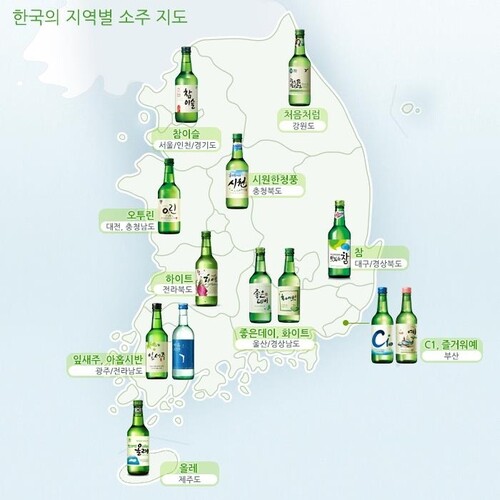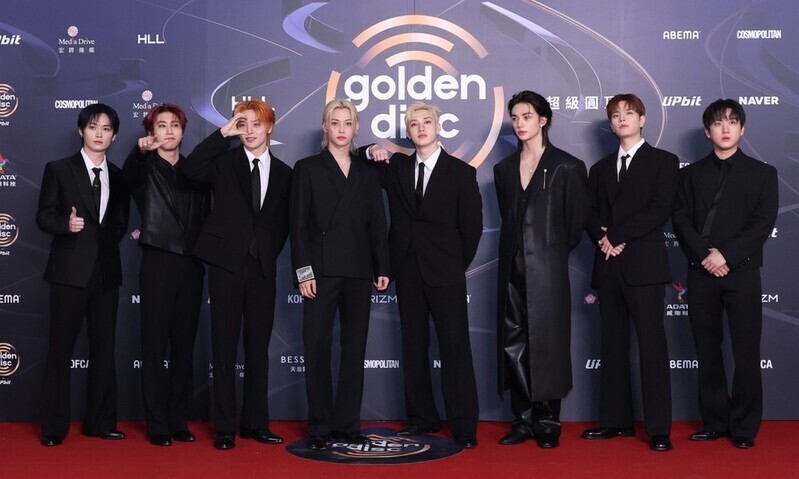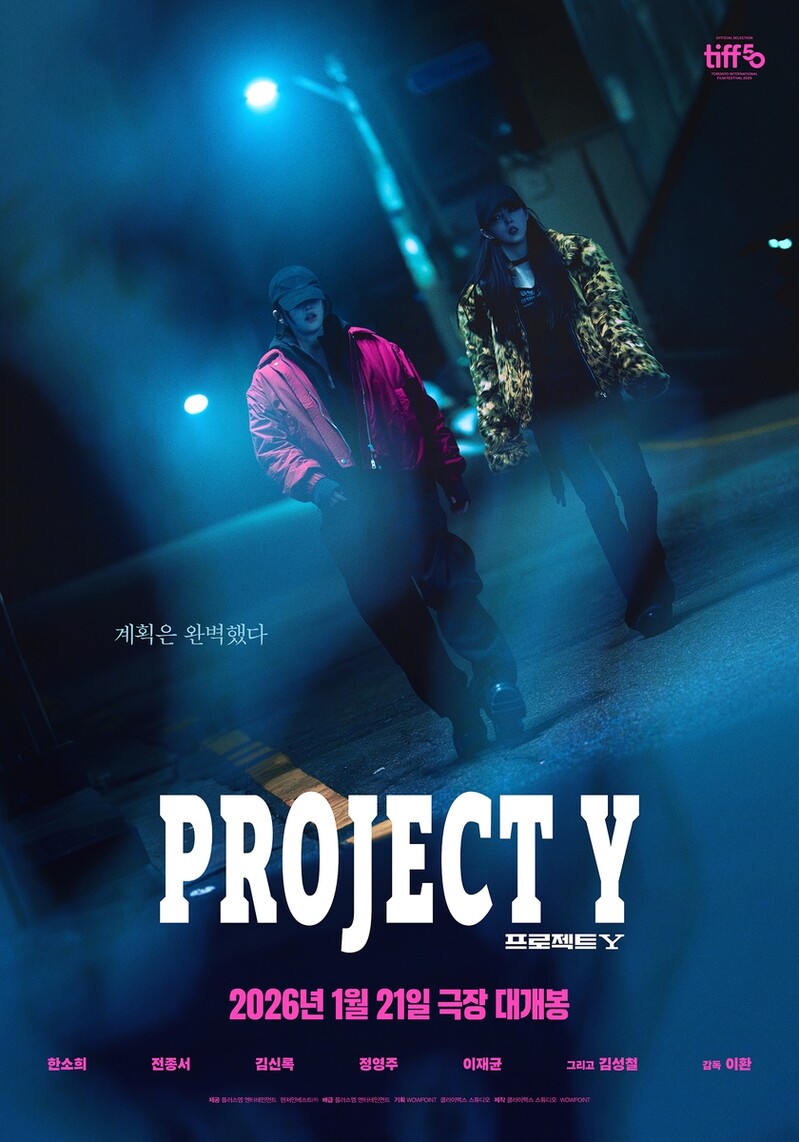* Editor's Note: According to the Korea Foundation's 2024 report, there are nearly 225 million Hallyu (Korean Wave) fans worldwide. With the advent of the "Digital Silk Road," transcending time and space, we are entering the era of "Hallyu 4.0." To help readers gain a fresh perspective on Korean culture and K-culture, the Yonhap News K-Culture Team has prepared a series of expert columns.
Shin Jong-geun's 'K-Liqueur' Story: The Green Bottle Fever Sparked by BLACKPINK's Rose
Contributed by Shin Jong-geun, exhibition planner and columnist (author of "Art and Liquor")

K-pop song "APT," sung by Blackpink’s Rose, has taken the world by storm. Recently, Rose appeared on Vogue's YouTube channel, showing viewers how to make soju-maekju (a mix of soju and beer, also known as somaek) and kimchi fried rice. As a result, the iconic green bottle of Korean soju is once again capturing international attention.
One question foreign fans of K-dramas often ask is about this mysterious green bottle that seems to accompany Koreans in all of life’s ups and downs, almost like a magical potion. The green-bottled soju in question is diluted soju, or heeseok soju, and reflects soju’s modern-day story, not its long history.
 |
| ▲ Rose of K-pop girl group BLACKPINK poses with South Korean beer and soju, in this image captured from the Youtube clip of fashion magazine Vogue. (PHOTO NOT FOR SALE) (Yonhap) |
In Korea, diluted soju production is regulated by a unique system in which each region has its own designated producer. These regional brands blend ethanol, water, and flavor enhancers, creating subtle differences in taste based on water quality and seasoning ratios. The high-purity ethanol, at 95%, is extracted from plant-based sources like cassava, sweet potatoes, or tapioca. Soju manufacturers do not produce the ethanol themselves; instead, it is created by one of nine designated producers and then distributed by Daehan Ethanol Sales Corporation at government-set prices. Although Lotte Chilsung Beverage has the ability to produce ethanol, even they must purchase it through this central system.
While soju lacks the complex flavors found in naturally distilled spirits, this simplicity makes it an ideal partner for a wide variety of side dishes. It also serves as a popular base for cocktails, inspiring a range of drinks from somaek and ojingaeamraeju (a layered drink), to fruit-flavored sojus now popular internationally.
 |
| ▲ Rose of K-pop girl group BLACKPINK cooks South Korean dish, in this image captured from the Youtube clip of fashion magazine Vogue. (PHOTO NOT FOR SALE) (Yonhap) |
The alcohol content in soju has also evolved over time. When first released in 1924, Jinro soju was 35% ABV, gradually decreasing to 30% in 1965, and then 25% in 1973. The strength finally dropped below the “magic barrier” of 25% in 1998, and today it sits around 16%.
An old anecdote tells of an annual meeting of soju company CEOs. Each would bring a bottle of their brand’s soju and pour it into a large kettle for everyone to share, creating a mix called “the unified soju.” This act symbolized unity and equality, transcending social or economic differences over a shared drink.
 |
| ▲ This "soju map" is provided by Korea Net. (PHOTO NOT FOR SALE) (Yonhap) |
Today, soju has moved from a once-disliked flavor among foreigners to a sought-after Korean staple abroad. While some critique the green-bottle soju as overly simple or even medicinal, others consider it an essential part of their drinking experience.
Ultimately, drinking culture is just one of many cultural expressions, flowing naturally rather than being imposed or enforced.
(C) Yonhap News Agency. All Rights Reserved



































